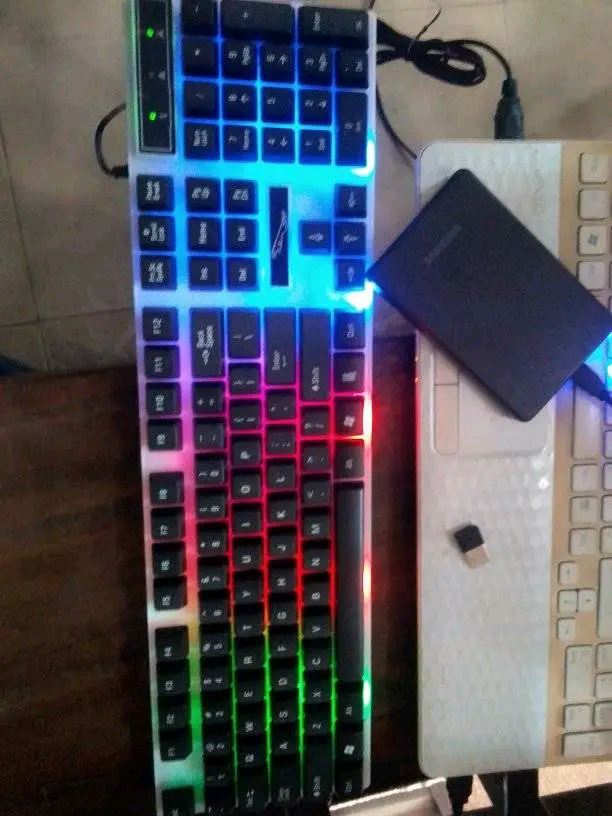Let's review the sequence of steps for replacing your video card with a new one:
- Unplug the power supply and disconnect the power cable.

- Disconnect all wires on the backside of the computer case.

- Remove the cover of the system unit. To do this, unscrew the screws on the case's back that fasten the cover and slide it off. If you have a fan installed in the system unit cover, disconnect the fan cable from the connector.
- Before you start to disassemble computer components, take a couple of pictures so that when you reassemble, you don't forget to connect anything.
- Disconnect the video card power cables (if your video card supports auxiliary power). Unscrew the fixing screws. Press the latch on the PCI-e connector and pull it out to remove the video card.
- Install a new video card.
- Fix the video card.
- Connect the auxiliary power cables of the video card (if there are any).
- Replace the system unit cover and secure it.





Installation of two video cards
Description
Nvidia's technology for combining two or more graphic processors is called SLI (scalable link interface). The analogue from AMD company is called CrossFireX. These technologies allow you to increase the video performance.
You need two graphics cards of the same series and the same Nvidia model in order to install SLI linking in the system.
In case of AMD, you can merge absolutely any models. But combining video cards must be built on the same architecture. Manufacturers provide information about product compatibility on the official website of the company.
An important point. The adapters' own video memory never adds up. This means that if each video card has 2 GB of RAM and 4 GB of RAM, the result will only be 2 GB.
Preparing for installation
To build an SLI and CrossfireX based system you will need:
- A high-performance CPU capable of running two graphics adapters simultaneously. Otherwise, you will not be able to increase performance.
- A motherboard with two or more PCI-express x16 slots which support this technology.
- A powerful power supply. It is almost doubling power requirements.
- Video cards that support this technology.
- A bridge that connects video cards.
AMD allows to merge cards without using this bridge, but in this case, the loss in performance will be about 15-20%
Installation
- Install the video cards in the PCI Express slots.
- Secure the graphics cards with the locking screw.
- Connect the power supply to both devices using the PCI-E plugs.
- Connect the video cards with a bridge.

- Close the computer case and turn on the computer.
- If NVIDIA graphics adapters are used, you need to enter the Configure SLI menu and check Auto-Select and Maximize 3D performance. And in the case of Crossfire technology, the parameters will be changed automatically.
Manufacturers recommend buying one good video card rather than installing a combination of several video cards with average parameters
















































